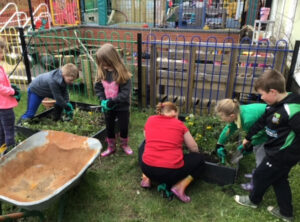Women’s Aid data shows more must be done to make refuge spaces sustainable and accessible

New data from the domestic abuse charity Women’s Aid shows that despite an increase in the number of refuge spaces in England, women continue to face barriers when it comes to leaving their abusers.
An analysis of data from Routes to Support, the UK violence against women and girls directory, and On Track, the case management system used by Women’s Aid, shows that:
Only 1% of refuge vacancies could accommodate a woman requiring a wheelchair accessible space
Only 1.7% could consider women who had no recourse to public funds (NRPF)
Less than half of the available vacancies were able to accommodate a woman with two children
Less than 1 in 5 were suitable to a woman with three children
61.5% of women in refuge or community-based services had children, with an average of 1.3 children per service user.
While the data shows an increase in the total number of refuge spaces in England, the change has not been consistent, with some regions seeing a net decrease in the number of spaces. Similarly, despite the seeming increase, England is still 22.2% short of the number recommended by the Council of Europe, showing that women are facing a postcode lottery when it comes to escaping abuse.
Farah Nazeer, chief executive at Women’s Aid, comments:
“It is easy to see the rise in the total number of refuge spaces as a significant step forward, however, it is important to remember that while it is a step in the right direction, much more remains to be done. Refuge spaces are still not as accessible or as sustainable as they need to be to ensure that women, and children, escaping abuse can have a suitable space in which to start a new life.
“We are urging the government to do more when it comes to tackling domestic abuse, while also calling on local authorities to ensure that commissioning of services is done with the survivors’ experiences and needs in mind. Sustainable, long-term funding must be made available, especially when it comes to specialist services, which are a lifeline to women fleeing domestic abuse.”
The data also provides further insights into domestic abuse, such as the following based on data from On Track:
94.4% of domestic abuse perpetrators are men
30.2% of women experienced financial abuse
21.4% of women experienced attempted strangulation / suffocation
6.1% of women in refuge or community-based services were pregnant
30.2% had a physical, mental or multiple disabilities




